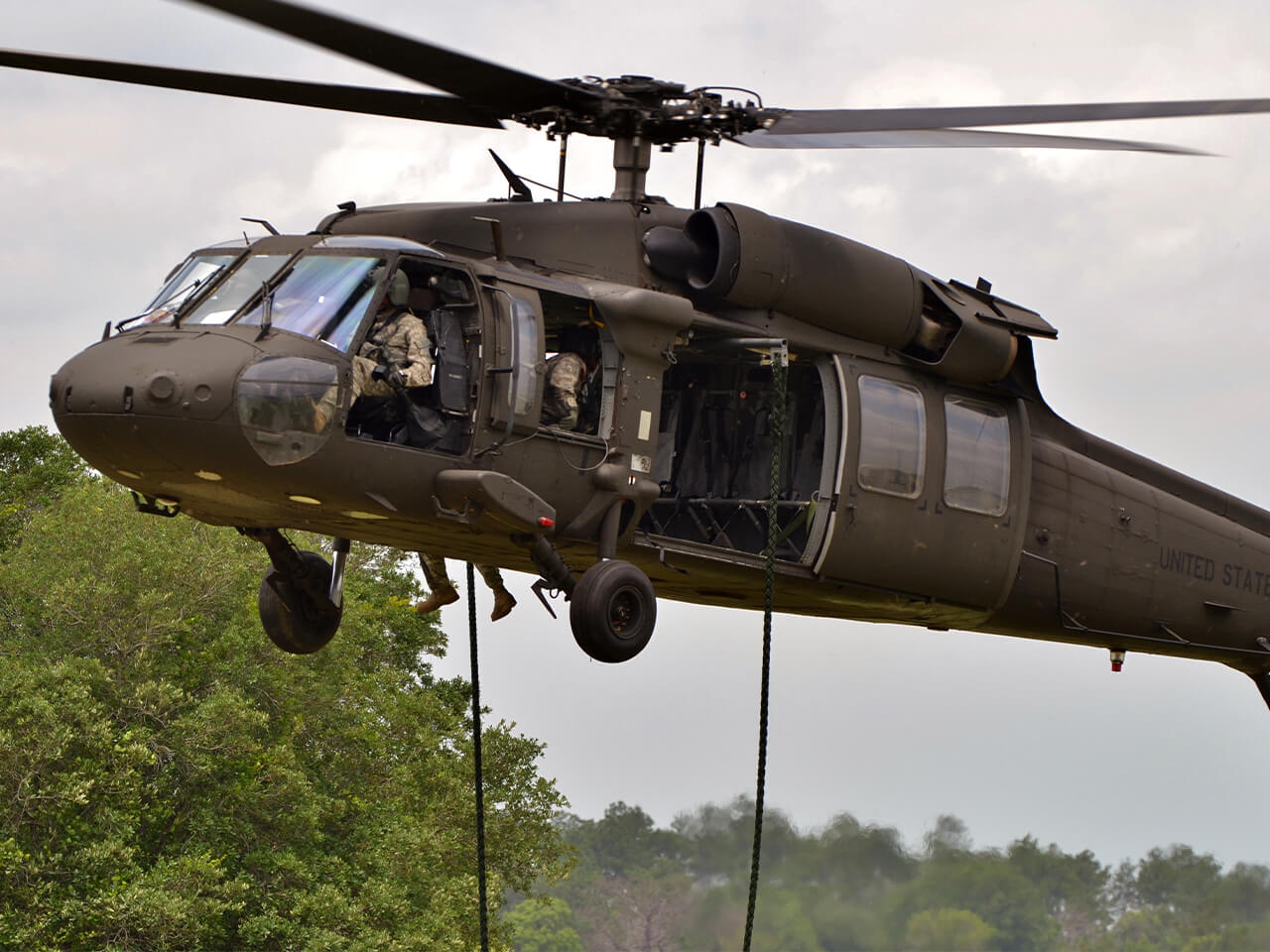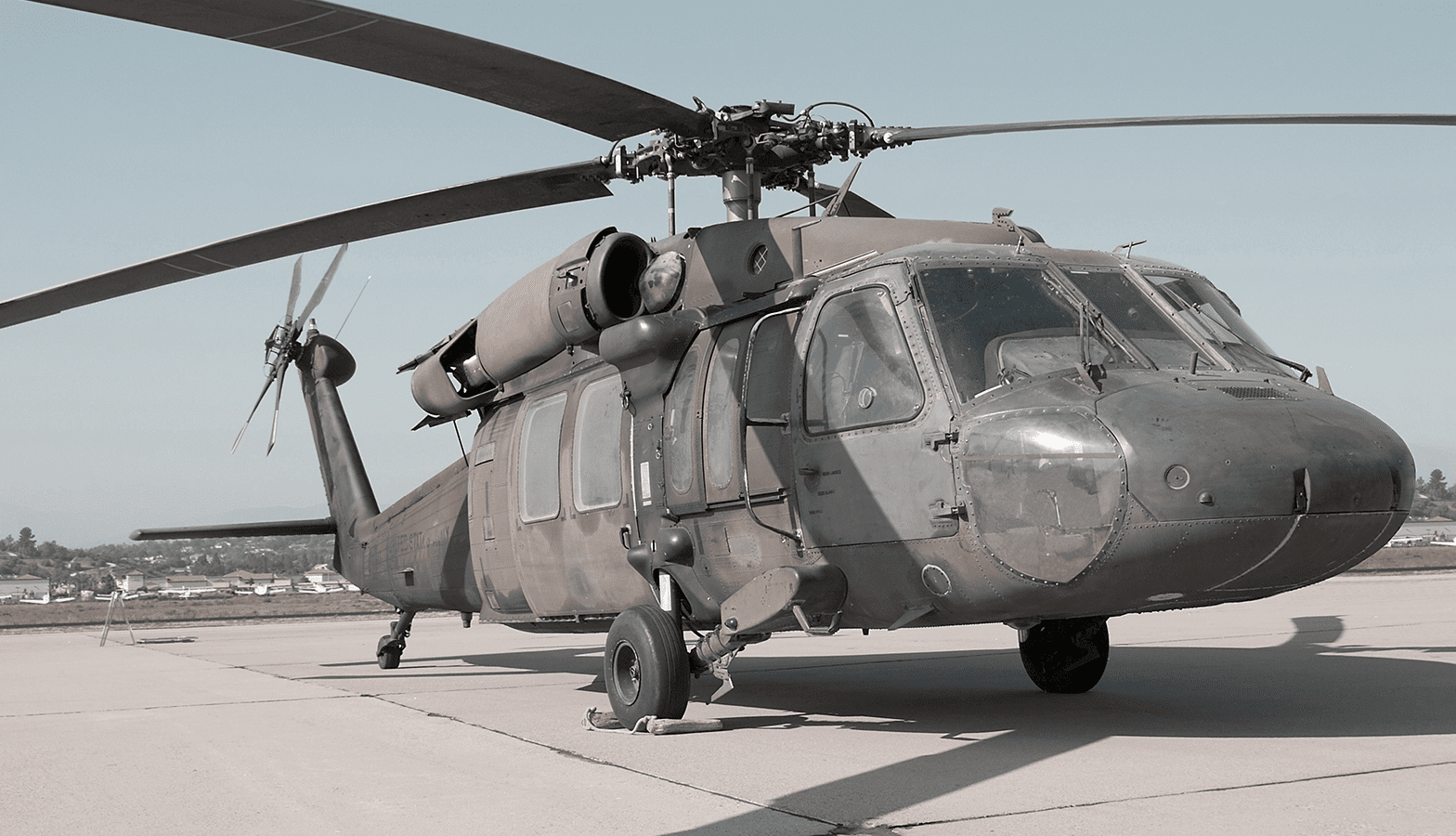Checking Out the Background and Development of the UH 60 Helicopter

Beginnings of the UH-60
The origins of the UH-60 helicopter can be traced back to the late 1960s, a period marked by the requirement for a flexible utility airplane that can adapt to the evolving demands of modern warfare. The U.S. Army recognized the requirement for a substitute for the older UH-1 Iroquois, which was becoming progressively insufficient for the complexities of modern combat circumstances. In 1967, the Army launched the Energy Tactical Transport Aircraft System (UTTAS) program, which looked for to develop a multi-role helicopter efficient in different objectives, consisting of army transportation, clinical evacuation, and logistical assistance.
The layout competitors brought in several aerospace manufacturers, yet it was Sikorsky Aircraft Company that inevitably secured the contract in 1972. The UH-60 Black Hawk was presented, showcasing innovative style elements and advanced technology that set it aside from its predecessors. Its first trip occurred in 1974, and the airplane was officially adopted by the Army in 1979. The UH-60 quickly got recognition for its durable efficiency, dependability, and versatility, leading the method for its comprehensive usage in army operations and solidifying its status as a keystone of united state Military aviation.
Key Layout Attributes
Innovative design attributes of the UH-60 Black Hawk significantly add to its functional effectiveness. Among the most noteworthy aspects is its twin-engine arrangement, which improves integrity and gives a greater power-to-weight ratio, allowing the helicopter to carry out under various problems. The aircraft's four-blade main blades system uses improved lift and maneuverability, crucial for tactical goals.

In addition, the cockpit is created for optimal exposure and comfort designs, including innovative avionics that simplify pilot operations. The modular style of the UH-60 allows for easy upkeep and flexibility, making it appropriate for different objective profiles, from troop transportation to medevac procedures. These key layout attributes ensure that the UH-60 Black Hawk remains a dependable and functional property in military air travel, with the ability of meeting the demands of modern warfare.
Technical Innovations
Recent technical improvements in the UH-60 Black Hawk have actually considerably enhanced its functional capacities and versatility. The integration of innovative avionics, such as digital trip control systems and boosted situational awareness display screens, permits pilots to run with enhanced accuracy and performance. These systems help with improved navigating, communication, and data sharing, allowing the helicopter to function effectively in diverse settings.
Additionally, the introduction of composite products has decreased the total weight of the aircraft while keeping structural integrity. This reduction improves fuel efficiency and extends functional variety. The consolidation of innovative blades modern technology, including the use of four-blade, fully articulated blades systems, has enhanced lift performance and ability to move, enabling for better handling in various flight conditions.

Furthermore, innovations in propulsion systems, such as the T700-GE-701D engines, have boosted power outcome and reliability - uh 60. These engines contribute to remarkable efficiency in high-altitude and hot-weather conditions
Last but not least, the integration of self-defense systems and enhanced sensor bundles enhances the Black Hawk's survivability and objective performance. Jointly, these technical renovations make certain that the UH-60 Black Hawk remains an essential possession in contemporary aviation, efficient in adjusting to the advancing demands of altruistic and military objectives.
Duty in Armed Force Procedures
As the foundation of united state Military aviation, the UH-60 helicopter plays a vital function in various army procedures, acting as a versatile platform for combat support, transport, and medevac missions - uh 60. Its style integrates the capacity to operate in varied settings, making it essential for troop activity and logistical assistance in both unconventional and standard warfare

In clinical discharge situations, the UH-60 has actually confirmed indispensable, dramatically reducing the moment to transfer damaged soldiers from the combat zone to clinical centers. Its advanced avionics and night vision capacities better ensure objective success under challenging conditions. Generally, the UH-60 helicopter stays a crucial possession, continually adapting to satisfy the evolving needs of military procedures and improving the performance of U.S. forces look what i found worldwide.
Future of the UH-60
Looking in advance, the future of the UH-60 helicopter entails substantial innovations in modern technology and capacities developed to boost its operational efficiency. As armed forces operations advance, the UH-60 is expected to include advanced modern technologies, including improved avionics, boosted weapons systems, and progressed communication devices. These enhancements will permit for greater situational awareness and mission adaptability, ensuring that the UH-60 continues to be a vital asset on the field of battle.
One notable advancement is the assimilation of fly-by-wire systems, which will improve trip control accuracy and reduce pilot workload. Initiatives to update the airframe and engines intend to raise haul, array, and rate capability, thereby expanding the helicopter's functional range.
The future also holds promise for raised interoperability with unmanned airborne systems (UAS), enabling collaborated goals that leverage both manned and unmanned capabilities. In addition, the unification of expert system and equipment discovering can optimize flight dynamics and upkeep procedures, leading to minimized operational prices.
Final Thought
The UH-60 Black Hawk helicopter stands for a substantial accomplishment in armed forces air travel, advancing from the U.S. Military's initial needs for a flexible utility aircraft. Its ingenious style features and continuous technical developments have guaranteed its importance in numerous armed forces operations over the years. As the demands of modern warfare change, the future content of the UH-60 will likely include further enhancements and adjustments, enhancing its condition as a vital property for armed forces worldwide.
The UH-60 Black Hawk helicopter stands for a substantial milestone in armed forces aviation, arising from the United state Army's quest for an extra functional and trustworthy energy aircraft in the late 20th century.The origins of the UH-60 helicopter can be traced back to the late 1960s, a period marked by the need for a functional energy airplane that can adapt to the developing needs of modern-day warfare. Overall, the UH-60 helicopter stays a crucial asset, constantly adapting to meet the evolving needs of armed forces operations and enhancing the performance of U.S. forces worldwide.
Looking ahead, the future of the UH-60 helicopter entails significant innovations in modern technology and capabilities designed to enhance its operational performance.The UH-60 Black Hawk helicopter represents a significant achievement in military aviation, evolving from the United state Military's preliminary needs for a functional energy airplane.